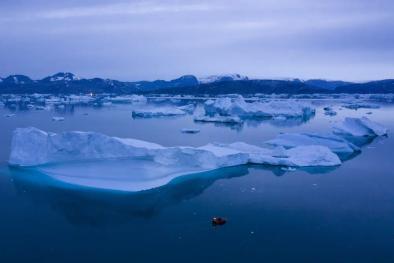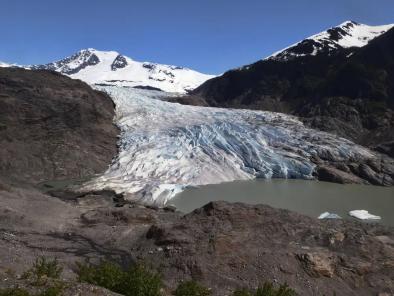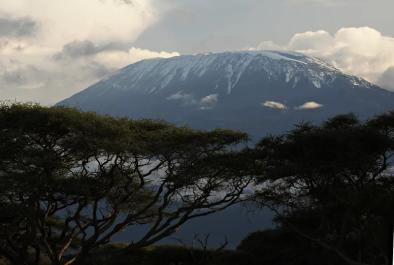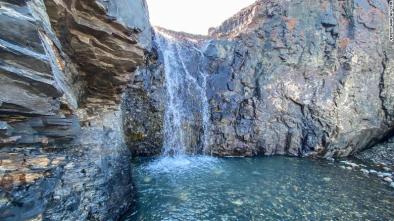'We've never seen this': massive Canadian glaciers shrinking rapidly
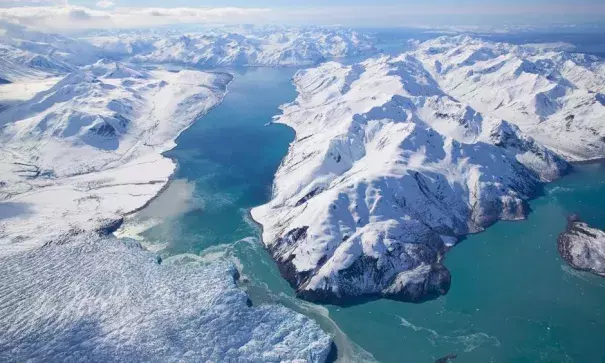
Scientists in Canada have warned that massive glaciers in the Yukon territory are shrinking even faster than would be expected from a warming climate – and bringing dramatic changes to the region.
After a string of recent reports chronicling the demise of the ice fields, researchers hope that greater awareness will help the public better understand the rapid pace of climate change.
The rate of warming in the north is double that of the average global temperature increase, concluded the US National Oceanic and Atmospheric Administration in its annual Arctic Report Card, which called the warming “unprecedented”.
“The region is one of the hotspots for warming, which is something we’ve come to realize over the last 15 years,” said David Hik of Simon Fraser University. “The magnitude of the changes is dramatic.”
In their recent State of the Mountains report published earlier in the summer, the Canadian Alpine Club found that the Saint Elias mountains – which span British Columbia, the Yukon and Alaska – are losing ice faster than the rest of the country.
Previous research found that between 1957 and 2007, the range lost 22% of its ice cover, enough to raise global seal levels by 1.1 millimetres.
...
The accelerating melt of the glacier has resulted in major shifts to water sources at lower elevations.
In 2016, the meltwaters of the glacier shifted dramatically away from the Slims river, cutting off critical water supplies to Kluane Lake – a Unesco world heritage site. Since the diversion, water levels at the lake have dropped more than 6.6ft – stranding thousands of fish from their natural spawning rivers.
Dust storms have begun to flare up along sections of the well-travelled Alaska Highway – at times halting traffic, the result of a dry river bed covered in glacial silt. The events at Kluane Lake are a precursor of what can be expected elsewhere, said Hik.
Related Content
